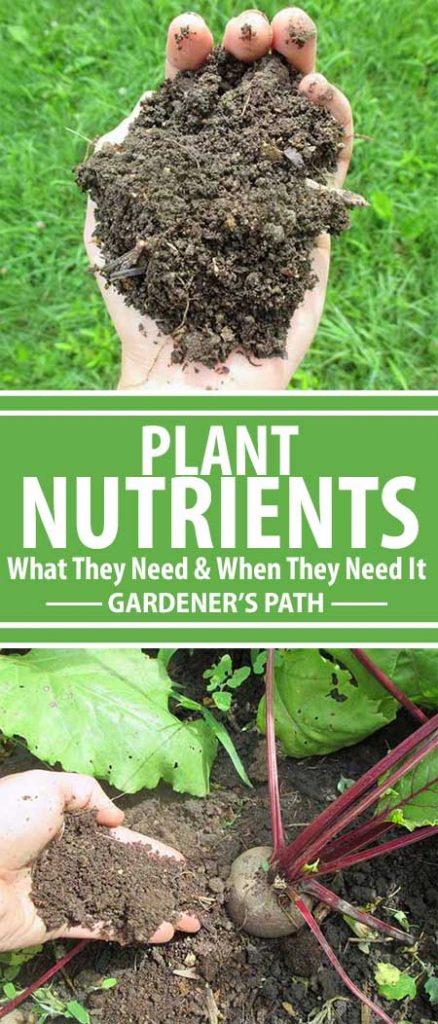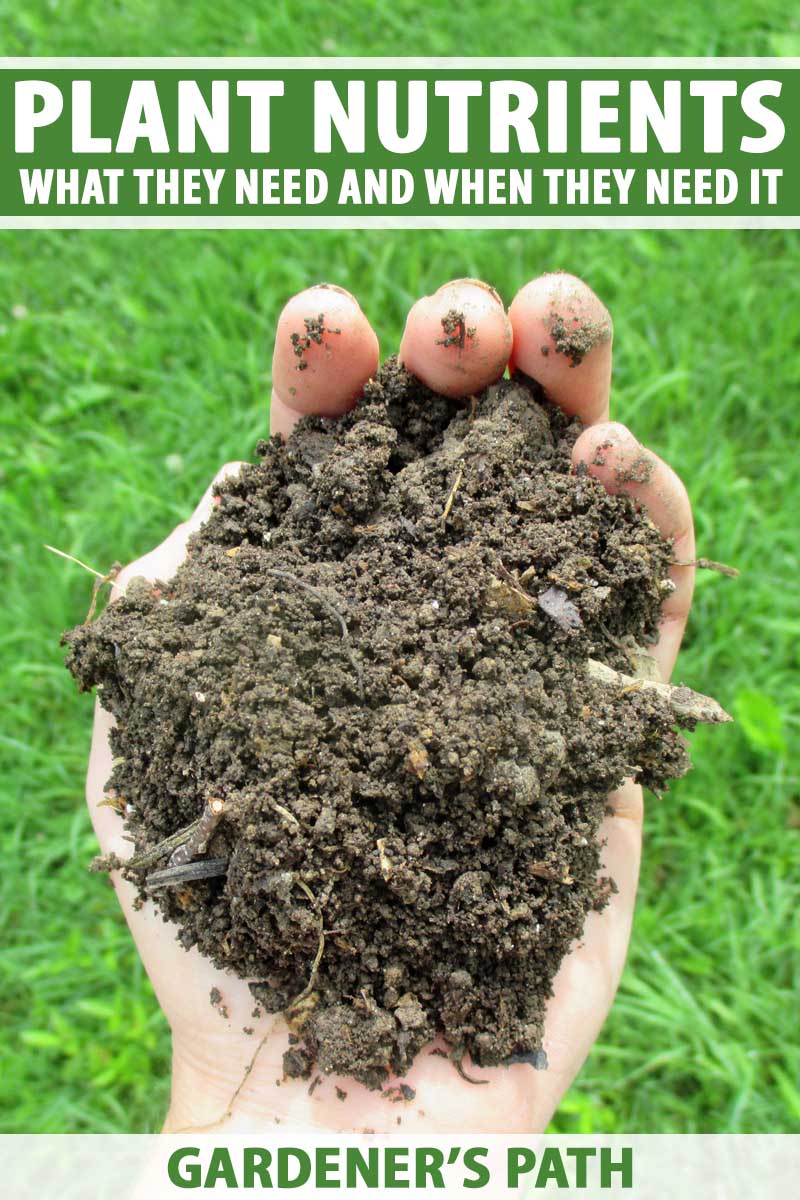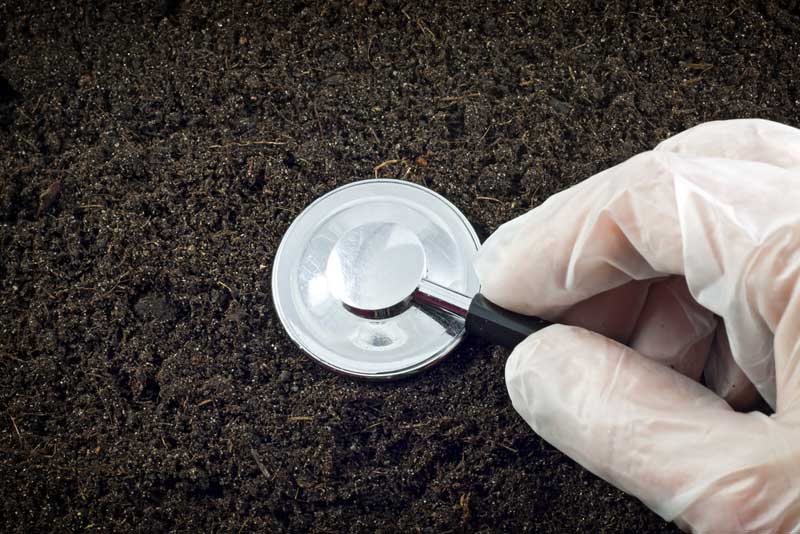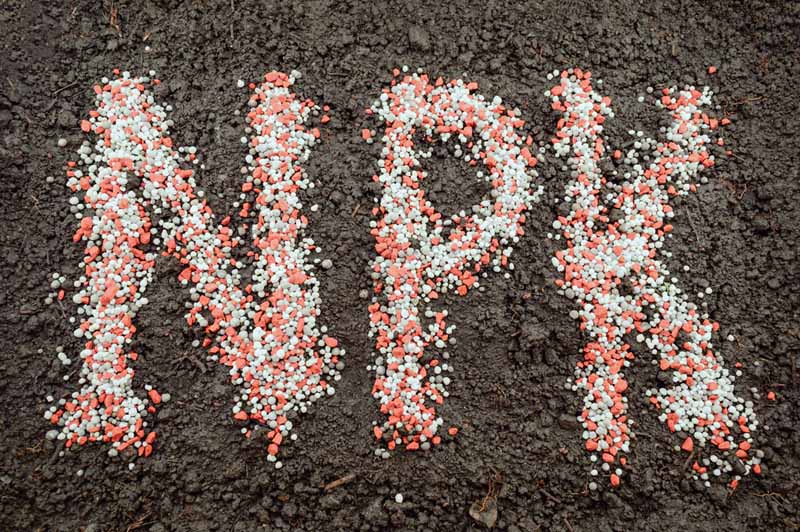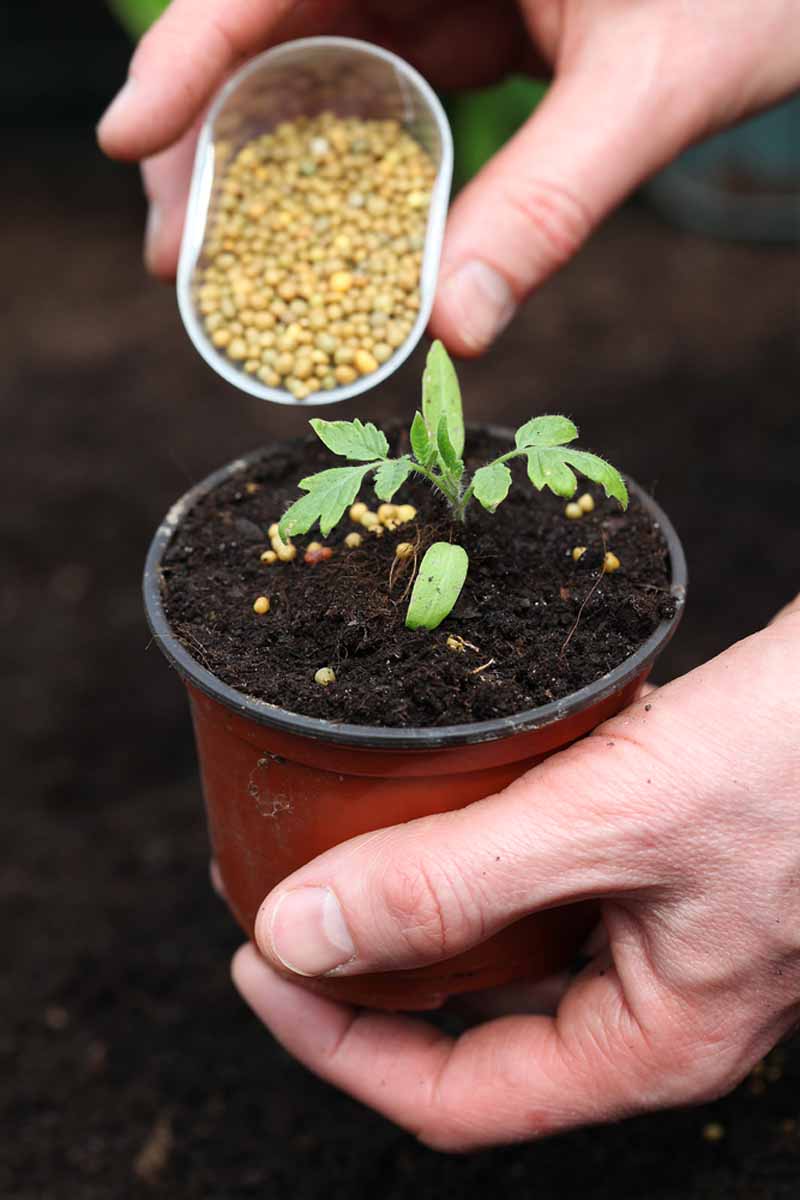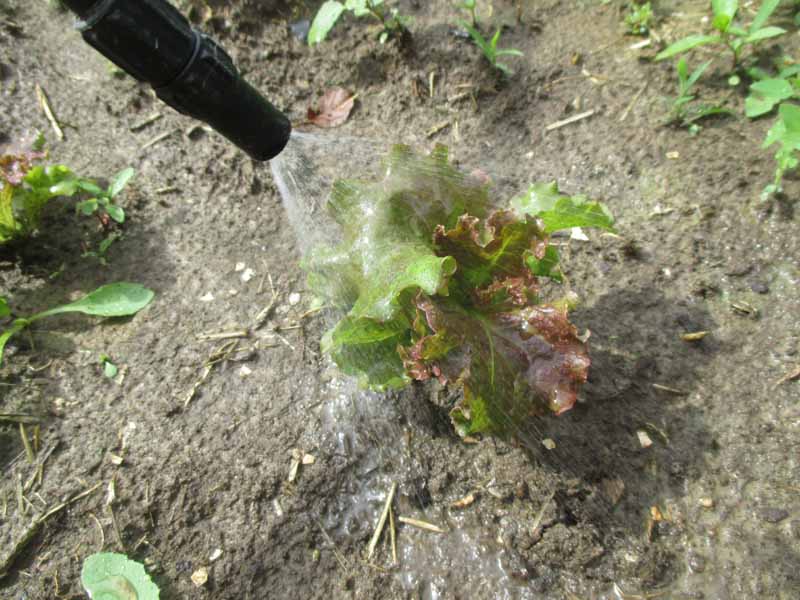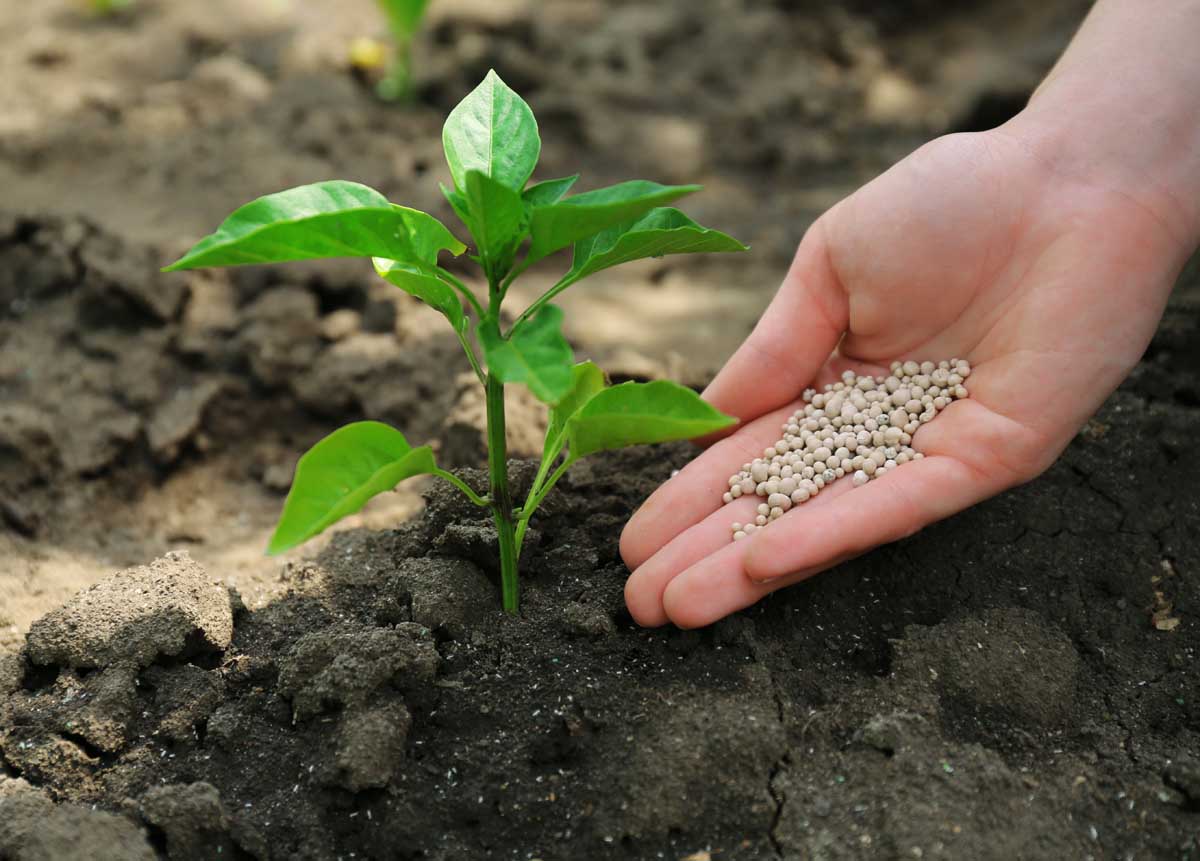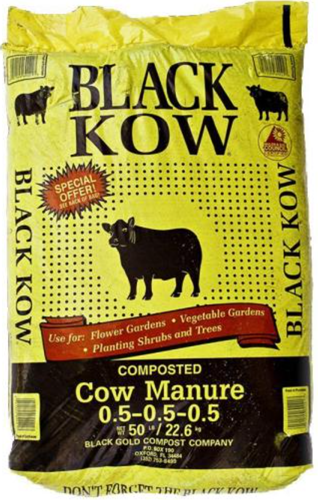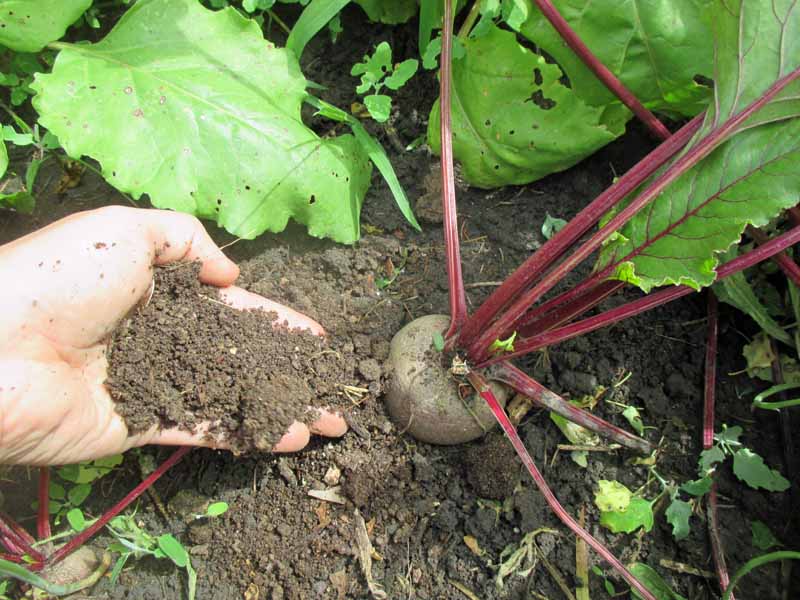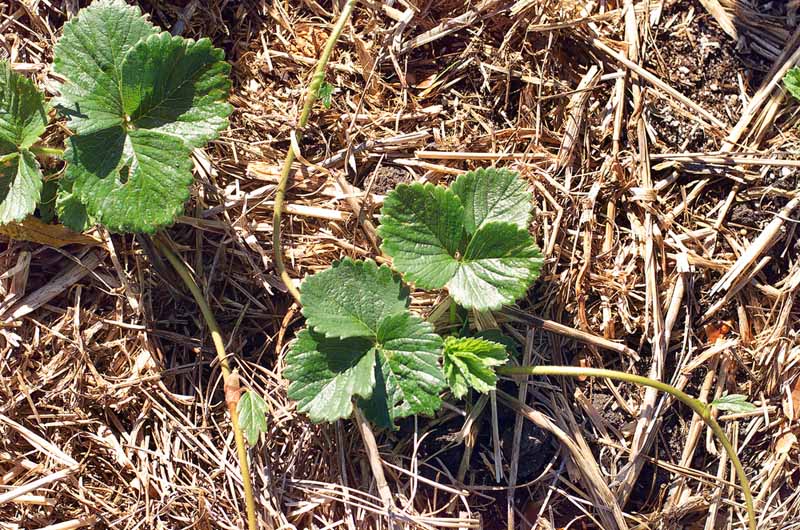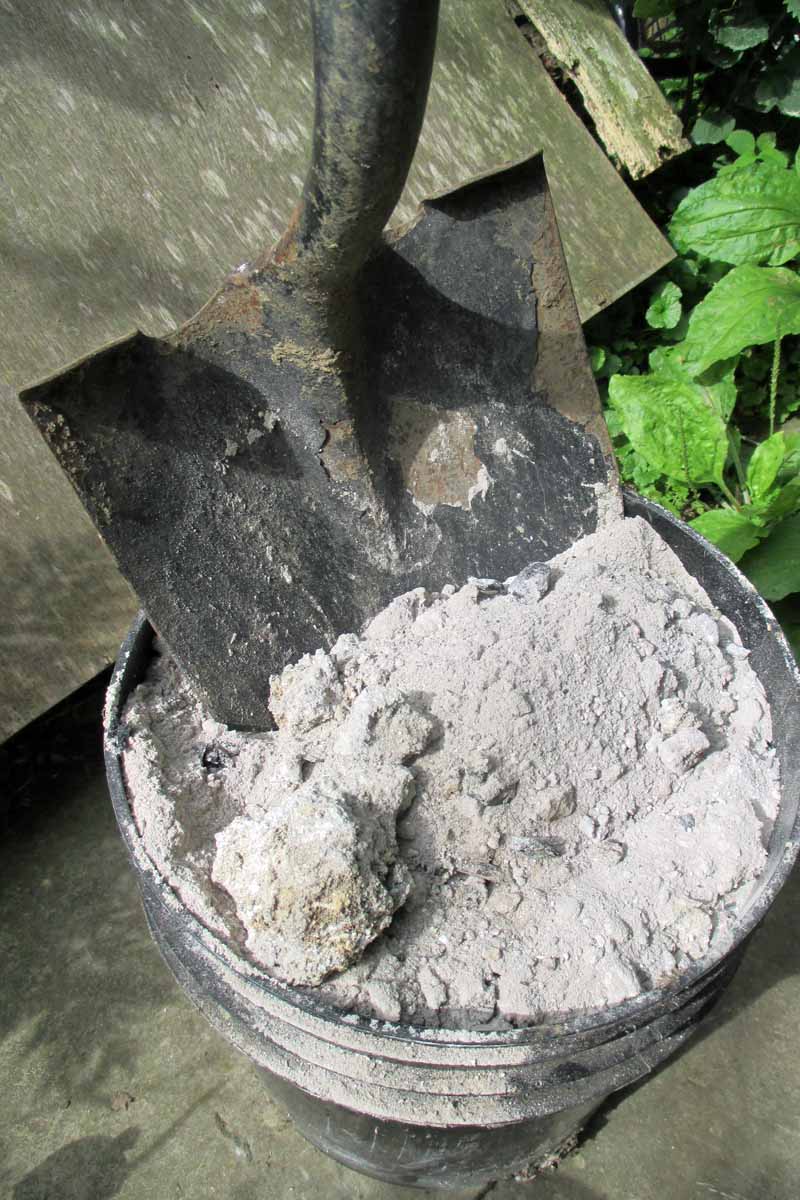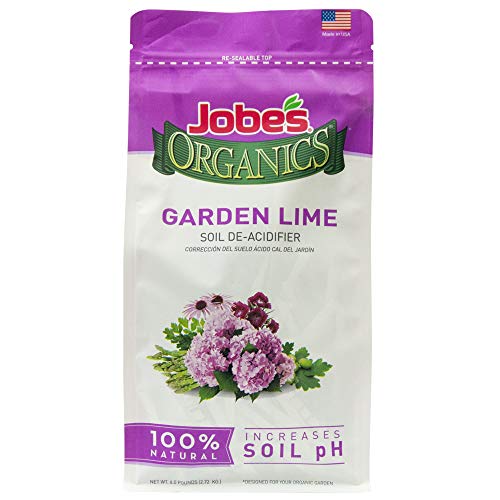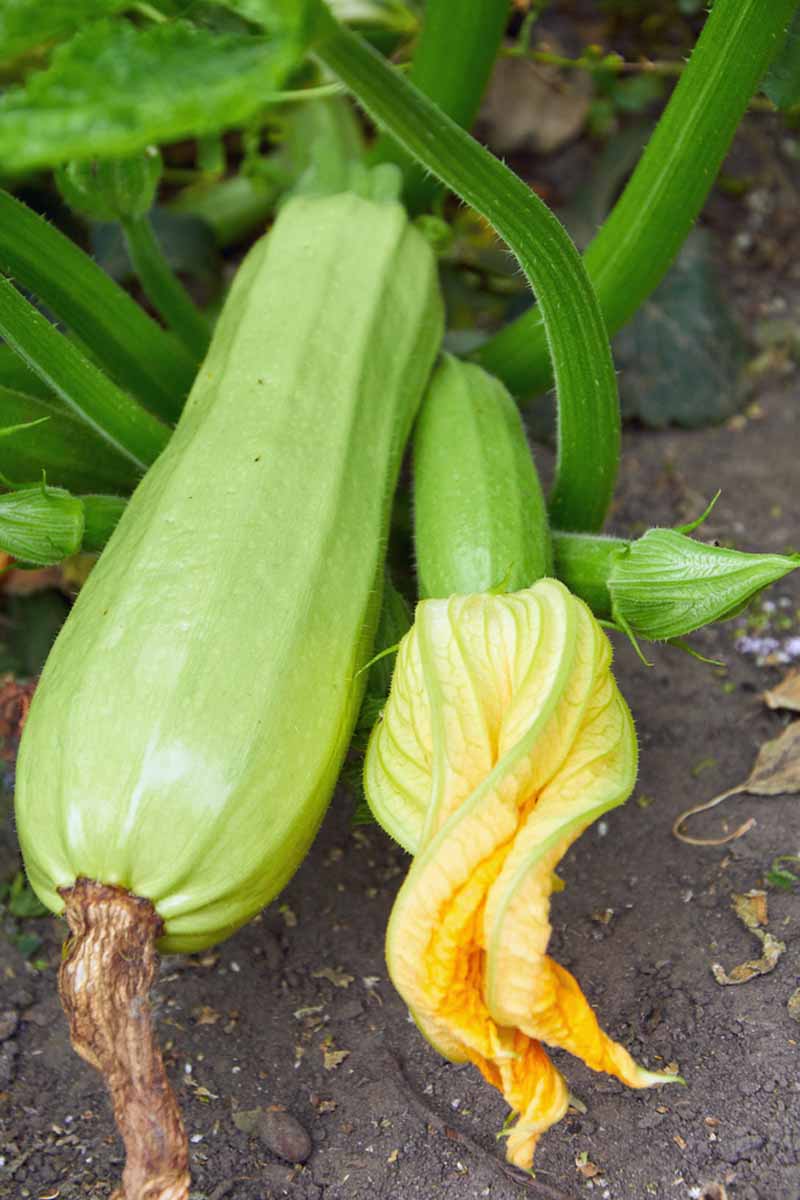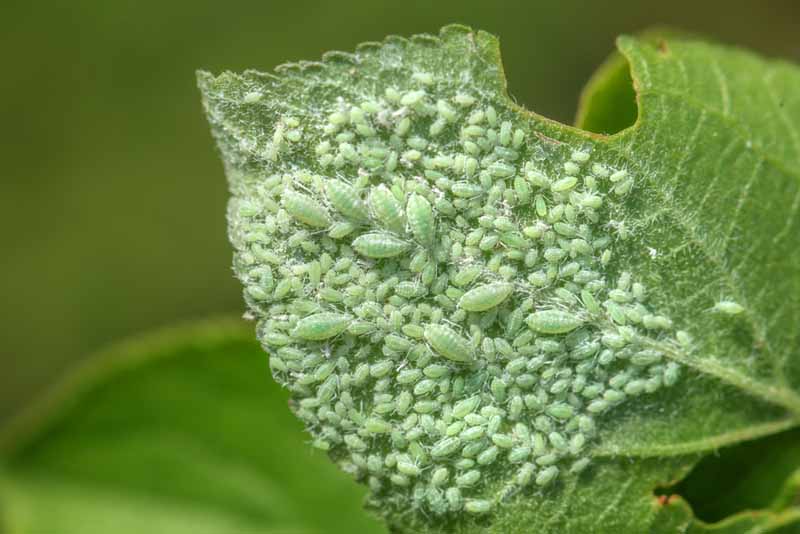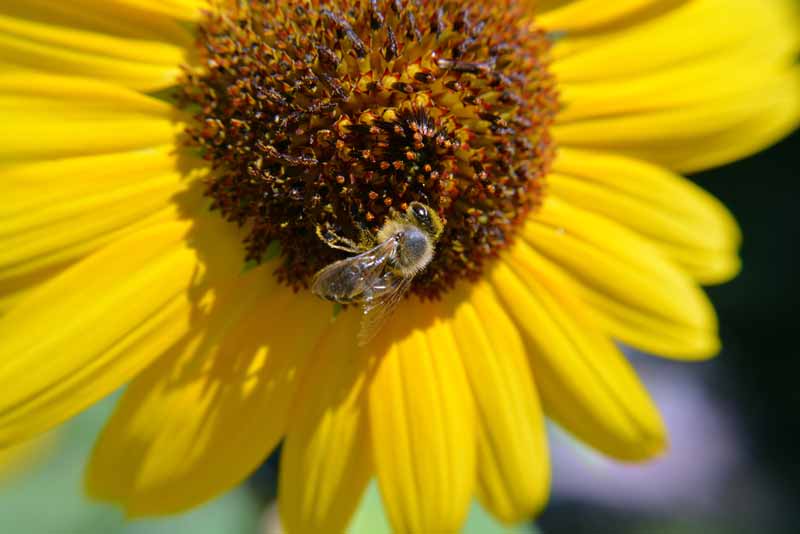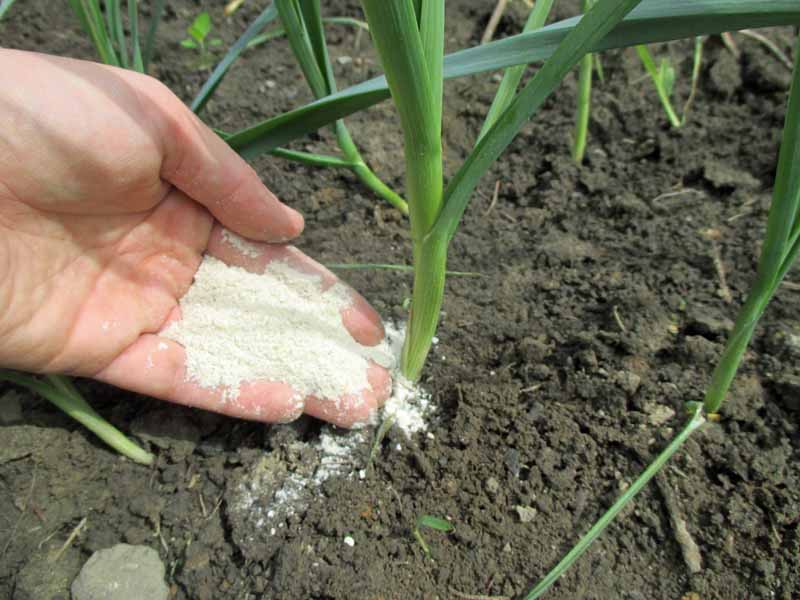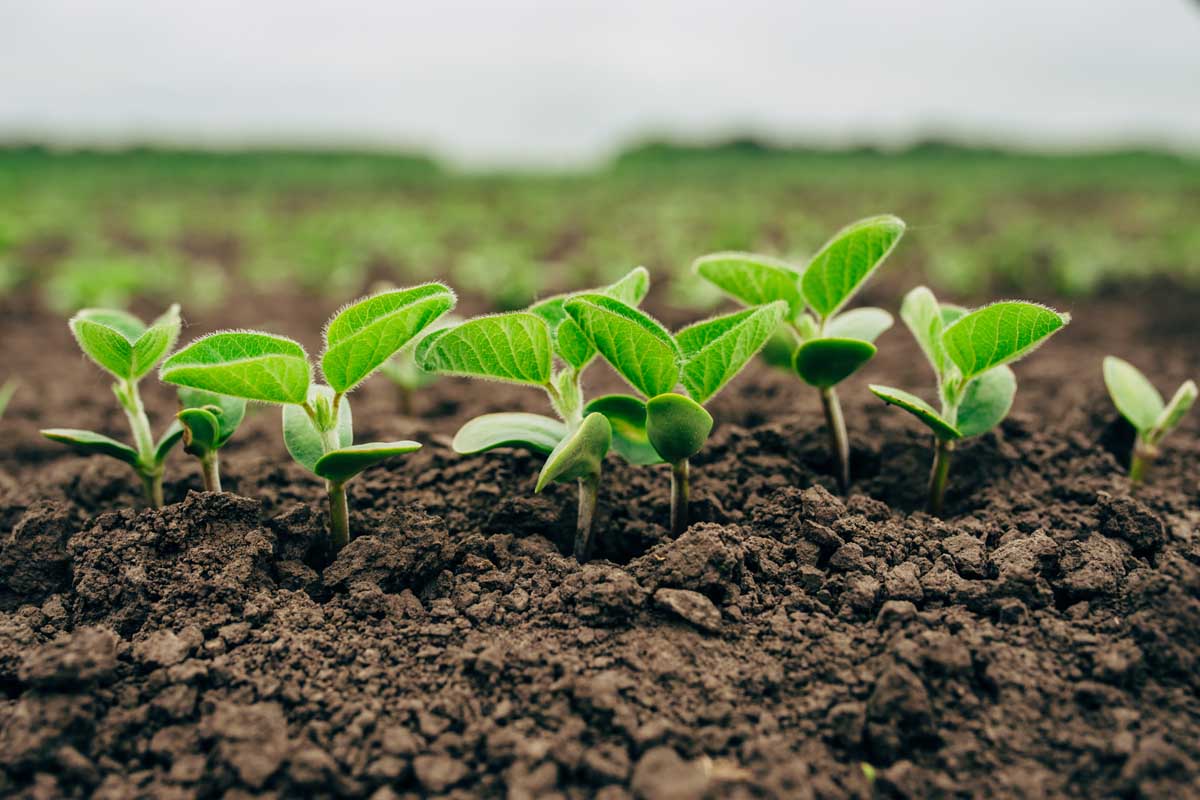Are you getting enough iron? How about protein? Vitamins and other minerals? Well, these very same questions can be posed to your plants. After all, your backyard and garden companions are living things like you and me, needing nutrition and sustenance to survive. No surprise, right? Every good gardener knows to fertilize their garden denizens with well-balanced applications and plant food and compost when they need it. We link to vendors to help you find relevant products. If you buy from one of our links, we may earn a commission. The good news? You don’t have to be a rocket scientist, an expert farmer, or even a gardener to learn these signs, and what they indicate. All you need to do is learn a few simple tricks and tips about plant food – which we will delve into right here in this article!
Plants Need Nutrition, Too
.Experienced gardeners – and farmers, too – learn the exact nutrients needed at any stage of growth, for health, beauty, and even tastiness. Further, they can pick up on what plants need through various signs and indicators, diagnosing illnesses, pest issues, and nutrient deficiencies. So, what do our garden companions need to eat, and how can you provide that for them? More importantly – what nutrients are you supposed to be paying attention to in your fertilizers? What do your plants really need? As it turns out, some of them are the same ones that animals (including humans) need. Let’s take a look:
Nitrogen (N)
Achieves similar benefits as protein in animals (in fact, protein releases nitrogen for use in humans). Vital for good stalk growth, though excess decreases immunity and ability to fruit.
Phosphorus (P)
Strengthens root systems, capacity for seed creation, disease resistance, and pest prevention. Improves flowers and blooming. Also strengthens tissues and flavors in edibles and veggies.
Potassium (K)
Also important for roots and seed production. Sometimes called potash, this further supports the ability to tolerate extreme temperatures. Excess prevents absorption of other minerals, particularly magnesium and calcium.
Calcium
Strengthens and fortifies overall tissues everywhere. Also helps neutralize acidity, both within the plant and in its surrounding soil, for optimal health.
Magnesium
Helps increase intake of phosphorus and boosts production of chlorophyll, giving a healthy green color and encouraging absorption of CO2. A lack of magnesium can contribute to poor coloring and an anemic appearance. While plants need all of these nutrients (and a handful more through other trace minerals) for optimal health, higher numbers of some are more necessary at some times than others. Why would that be?
Feeding Your Plants a Balanced Diet
I’m sure that these minerals sound more than familiar. That’s because they are essential to the human diet, too! Like us, our garden buddies need nutrition in the right amounts from various sources. Calculating the required quantity of nutrients is very necessary, as is considering the right way to provide it. Just like there are many foods you should include in your diet, an array of fertilizers and amendments may be needed in varying amounts to give your veggies, shrubs, and trees their own good “diet” – and a balance of these nutrients is crucial. To deliver this full range to your garden friends, you can purchase different fertilizers with assorted levels and types of nutrients. At the top of our list in terms of convenience, the majority of fertilizers you buy have a set, healthy balance of these nutrients built right in – particularly nitrogen, phosphorus, and potassium, labeled as an “N-P-K” ratio on packaging, and made up of three numbers. These three minerals make up the most important micronutrients that most species and varieties in your garden need. When considering feeding, ratio numbers on the packaging may vary, depending on their specific blends:
N-P-K Explained
The N-P-K amount of most foods will have three identical numbers – such as 6-6-6, indicating a fertilizer containing 6% each of nitrogen, potassium, and phosphorus for general nutrition (and maybe a whiff of sulphur…?).
Different Ratios
Other common kinds tend to have a higher ratio of nitrogen compared to the rest, such as 20-6-6. This is because plants typically need more nitrogen than other nutrients – just like humans need more protein (a macronutrient), versus other vitamins and minerals (micronutrients).
Specialized Ratios
Otherwise, you can seek formulas that focus on specific needs, rather than general care. For example, a great formula for good rooting and post-transplanting care would be 6-20-20, having high P and K levels; for good flowering, look for 6-20-6, with higher quantities of phosphorus to support and protect flower development. With these particularities in mind, you’ll want to make sure you’re using the right fertilizer for your specific needs – bringing us to the colorful array of plant foods out there from which to choose!
Types of Fertilizers and Soil Amendments
Similar to the importance of a healthy diet in your own daily life, each inhabitant of your garden will need to be fed a variety of foods and fertilizers that are nutrient rich in order to stay strong and thriving. The most important difference here is that, while most of us can get up and go when our stomachs rumble and it’s time to hit the kitchen or pay a visit to our favorite restaurant, plants are mostly immobile, rooted to the ground that doubles as their feeding source. Without the proper nutrients literally in place, and because our plant friends lack the ability to head out to the grocery store once a week, we need to provide the nutrients required to meet their needs. These can come in the form of synthetic, pre-packaged, and often chemical fertilizers that provide these nutrients for immediate, available use. For the more eco-conscious gardener, however, there are also all-natural, organic, pre-packaged alternatives – as well as an entire world of natural materials, composts, and mulches that are ripe for the taking. They may not act or provide nutrition as fast or as intensely as commercially made fertilizers, but evidence shows they are much healthier and better for your garden in the long run, even if they do require more patience. So many choices for what to feed your plants! What are they exactly, and what can they achieve?
Synthetic or Chemical
May be made up of nitrates, sulfates, phosphates, or other manmade constituents to provide nutrition. These come in powdered, granular, or liquid forms to be sprayed, and can have negative environmental impacts.
Organic
Created with plant or animal byproducts like fish, bone, blood meal, manure, and others. May come in powdered, granular, liquid spray, or bulk “raw” forms. Gentler on the environment, though slower acting.
Natural Amendments
These may include compost, mulch, worm castings, wood ash, lime, and other generally natural additions that enhance nutrient use and availability. These don’t have a designated N-P-K amount, sometimes not even containing any of these three nutrients at all. There are also some popular synthetic/chemical choices:
Sodium nitrates – A nitrogen fertilizer, though under scrutiny for possible negative health and environmental effects.Phosphates – Provides phosphorus, but can leach into the environment, rivers, and the ocean.Ammonium sulfates – Either ammonium sulfate, nitrate, or chloride, each is responsible for releasing large amounts of nitrogen for free use.Urea – Provides nitrogen and poses as a low-cost fertilizer.
Besides commercial fertilizers, whether organic or inorganic, you can turn to some other natural amendments, not only to provide nutrition, but to ramp up availability of nutrients in other ways. However, there is increasing controversy – especially in modern times – about the health effects and environmental impact of these chemicals, documented closely by the EPA (U.S. Environmental Protection Agency). Nitrates and phosphates contribute to runoff and ecological damage, while the consumption of foods and water with vestiges of sodium nitrates and other chemicals are suspected of being potentially dangerous. Espoma Organic Bone Meal via Home Depot As a result, organic methods of gardening are becoming quite popular, and are considered wholly safe and guilt-free. Turn to these options for a chemical-free environment and clean food:
Fish emulsion – Typically a byproduct from fisheries, this provides an organic N-P-K ratio, tending to be higher in nitrogen than P or K.Bone meal – Another byproduct, this gives greater amounts of phosphorus and nitrogen – especially helpful for bulb, root, and transplant development.Blood meal – This byproduct boasts high levels of nitrogen, and comes in dried or powdered form.Manure or guano – Fertilizers of this type are sourced from many animals including chickens, rabbits, sheep, cattle, horses, pigs, and even seabirds, worms, or bats.Biofertilizers – These are made of soil bacteria that boost natural production of nutrients in the soil around roots, particularly nitrogen, through the process of nitrogen fixation.Cover crops – Available as purchasable seed, these are temporarily cultivated to boost presence of soil bacteria for nearby plants, or to act as green manure and increasing nutrient levels, bioavailability, and soil health overall.
Compost
You can create your own compost from waste materials at home, or purchase commercially or publicly made compost from garden centers or city landfills.
2. Add the Right Amount
Too much can overstimulate the microbial presence in the soil, causing an overproduction of nutrients that damages growth and health. Rather, one must think about compost as a food with a small amount of many nutrients, yes – but more so as having a capacity to increase the soil itself as a nutrient-friendly medium. Black Kow Composted Cow Manure via Home Depot Further, the addition of composted organic matter revs up microbial activity in the soil, increasing nutrient output in large amounts, though much more slowly than fertilizers. Here are some tips on using compost for boosting nutrients in your garden:
1. Add Only Completely Finished Compost
Sometimes, this means waiting for all nitrogenous materials to fully break down. The time for this varies depending on what ingredients are added – if compost is too fresh or “hot,” it may burn and harm plants rather than helping. A good way to know how much to add is to measure the surface area of your bed and calculate how much to add weight-wise in order to spread a 1-inch-thick layer of compost over the entire area.
3. Compost Materials that Are Nutrient-rich
Adding certain natural materials ensures that nutrient levels are optimal. Banana peels boost potassium, for example, while eggshells increase the calcium. Avoid adding harmful chemicals and unnatural materials, as well as relying on only one material. Give variety for more nutrients!
Mulch
Fresh organic matter added at the bases of plants – or in between rows – gives a little extra nutrition in the form of green manure. It also helps with keeping weeds down, maintaining moisture, and forestalling erosion and runoff. Some great examples are:
Dead leavesHayStrawGrass clippingsNewspaper (untreated)Cardboard (untreated)Shredded leavesPine needles (only for use around trees, shrubs, and berries)
Similar to compost, mulch shouldn’t be thought of as a fertilizer that brings oodles of nutrients. Instead, it is more of a medium-enhancer for soil: boosting the ability of nutrients to be absorbed, particularly by upping carbon amounts. Carbon then catalyzes nitrogen breakdown, making this important nutrient available more quickly. Like compost, mulch comes with a caveat: too much, and the nitrogen in the soil can be rendered useless. Be modest with your mulch! Besides fertilizer, compost, and mulch, there are a handful of other natural amendments you can use to jazz up your soil microbiome and nutrient availability. Read more about mulching techniques here.
Wood Ash
In carefully calculated amounts, ash ups levels of potassium in the soil naturally, and can make it more alkaline.
A Time and Place for Nutrients
It’s easy to think that you can’t have too many nutrients. You can learn more about how to use wood ash in the garden in this guide.
Lime
Garden lime boosts nutrients and tweaks the pH of soil, though it’s best for use only when magnesium is missing. Dolomitic lime has higher magnesium levels, while the calcific type boasts more calcium. Both can raise pH, so avoid applying in already alkaline soils or near plants preferring acidity. Lean more about using garden lime here.
Gypsum
Gypsum adds a calcium boost and helps to break up high clay, compact, and hard-pan soils. It reduces salt and sodium levels as well. For smaller areas, you can use ‘Down to Earth’ organic garden gypsum which is available in 5lb containers. For larger a larger area, you can pick up this 36lb bag from Espoma. Gypsum is not recommended for frequent use, though it works great for fresh broken ground. It is pH neutral, but known to slightly acidify. As you have read so far, there is a huge assortment of plant foods out there, each doing different things, and providing varying nutrients and actions in your garden. With so many nutrients and amendments, what exactly can you accomplish – or even fix – with them? More specifically, how, when, and why should you use them? Let’s take a look! Choosing between adding the RIGHT nutrient and simply dumping on a lot of everything is like the difference between night and day. Make sure to take note of the important insights and tips ahead before selecting what plant nutrients you need. Routinely adding tons of compost, mulch, fertilizer, and other amendments in plentiful amounts can’t be bad, right? Wrong! Skilled farmers and gardeners know that there is a correct time and setting for adding specific nutrients to bring plant and soil health back into balance. To get acquainted with this subtle art, they learn what signs, symptoms, pests, diseases, soil states, and even stages of growth in a plant’s life to look for before deciding what nutrients to add. Choosing between adding the RIGHT nutrient and simply dumping on a lot of everything is like the difference between night and day. Make sure to take note of the important insights and tips ahead before selecting what plant nutrients you need.
Appearance and Color
A lack or imbalance of nutrients can be determined according to a few universal, fairly easy-to-interpret signs and symptoms. However, do take care to know exactly what healthy plants should look like before reading into any abnormal appearances! The following are excellent symptoms to use in looking for certain nutrient deficiencies, provided by the Arizona University Cooperative Extension.
Yellowed leaves (old growth) – Indicates a nitrogen deficiency.Yellow-edged leaves (old growth) – Indicates a magnesium deficiency.Warped, misshaped new leaves – Reveals a calcium deficiency.Purple/reddish leaves – Lack of phosphorus.Deformed fruits – Typically due to potassium, though nitrogen excess can contribute.Blossom end rot (tomatoes) – Widespread cause is from lack of calcium.No flowering/dropped flowers – Can point to lack of phosphorus.Light green foliage (rather than dark green) – An “anemic” appearance could be nitrogen deficiency.“Burnt” leaf-tip appearance – Points to depletion of phosphorus.Abnormally dark green old foliage – Another sign of not enough phosphorus.Dark black or scorched leaf appearance – Potassium deficiency.Wilted old growth – Potassium deficiency.
Plant Growth Stages
Besides studying abnormal appearances, you can learn whether or not to give specific nutrients to a plant depending on what stage of growth it is in, and even what variety or species of plant it is.
Young Growth
Nitrogen is especially helpful to give, though adequate levels of all nutrients are critical at this phase.
Newly Transplanted
Will benefit especially from higher amounts of root-supporting nutrients, like phosphorus and potassium.
Blossoming
Benefits from phosphorus, potassium, and calcium in particular.
Fruiting
It’s important to include decent amounts of phosphorus and potassium, while not overdoing it with nitrogen. Here are some specific plant species and nutrients that are important for their proper growth and development:
Garlic – Benefits from phosphorus and potassium for good bulb and root development.Lettuce – Flourishes with adequate nitrogen and magnesium levels for healthy, attractive greens.Roses – Some boosts of phosphorus could help with stronger, healthier blooms.Carrots – Roots grow stronger and tastier with adequate phosphorus and potassium.Tulips – A high phosphorus and potassium fertilizer supports great bulb growth.Squash – Adequate phosphorus, calcium, and potassium protect against flower failure and promote healthy fruiting.Tomatoes – Need nitrogen for strong vine growth, phosphorus for good blooms, and potassium and calcium for strong, healthy fruits.
Using Nutrients to Prevent Plant Problems
In some cases, plants suffer from certain illnesses – fungal, viral, bacterial, and more – due to a lack of certain nutrients in their environment. As with people, the intake of certain nutrients can be a key to forestalling illness, like vitamin C’s associations with reducing symptoms of the common cold. How does this happen with plants? Let’s take a look.
Fungal Plant Diseases
Downy mildew, fusarium, and others directly invade plant tissues that are weak from a lack of nutrients. A rise in fungal illness may signify the need for calcium, potassium, or phosphorus.
Viral Plant Diseases
Excess of certain nutrients (especially nitrogen and phosphorus) can increase susceptibility to viruses. This can sometimes be balanced with more potassium.
Bacterial Plant Diseases
After adding any amendment, wait a week or two and watch for improvement. If it’s not obvious that your plants are getting healthier, then you may want to diagnose for other problems just to be safe. Low calcium, nitrogen, and potassium can make your plants susceptible to bacterial illnesses, as described by the University of Florida Extension. On the other hand, too much nitrogen can help certain bacteria to thrive as well. If you encounter any of the above categories of illness, try balancing the nutrients in your soil by following each respective suggestion. After adding any amendment, wait a week or two and watch for improvement. If it’s not obvious that your plants are getting healthier, then you may want to diagnose for other problems just to be safe. If plants fail to recover, take it as a sign that they are too diseased and unhealthy to improve – and remove them from your garden quickly if that is the case.
Pests
A lack of proper plant nutrition can have a big impact on the influence of pests. It’s a no-brainer that a nutrient-depleted, unhealthy field will be much more vulnerable to pests, in comparison to a perfectly nutrient-healthy field – as studied and tested in this article from Ag-USA.net. Some nutrient factors in the soil may contribute to the increased likelihood of undesired pest outbreaks. Excessive nitrogen is the most notable: studies cited by eXtension.org reveal that too much leads to increased pest populations of arthropods (i.e. aphids, mites, etc.), so take care not to go overboard! Weak, undernourished plants also send out chemical signals to pests that they are languishing – thus, depleted plants without adequate nutrition quickly hasten their own end. On the other hand, healthy plants with plenty of nutrients do just the opposite, attracting more beneficial bugs than harmful varieties, even some that are ready to dine on nearby pests to prevent damage! For that reason, providing a full range of nutrients for your plants is the best way to prevent pests as organically as possible.
Amendments Can Affect Soil Conditions
Plant nutrients can hold sway over soil conditions at times, most specifically on soil pH, or acidity versus alkalinity. In fact, it can be better said that pH determines nutrient availability, rather than the other way around! More acidic soils tend to have less bioavailability of certain nutrients, such as calcium, magnesium, potassium, and others; alkaline soils may have an excess of the same. Either way, an extreme on either side of the spectrum is not ideal for most plants. To some degree, adding certain amendments and nutrients can help correct pH imbalances, though not always. Adding high-K fertilizers, lime, and wood ash, for example, may bring pH up to a more alkaline level, or neutralize acidic soils. On the other hand, gypsum tends to make soil more acidic (though not always), with their high calcium and magnesium levels. Very high nitrogen applications (especially ammonia-based ones) sometimes set off an acid-creating chain reaction in the soil, which is successful, but not always environmentally friendly, due to the output of nitrates. What’s the bottom-line best way to improve pH? Amend beds with healthy, adequate amounts of natural, microbe-rich compost in between plantings. There is no better way to naturally modulate pH than to leave the work to the soil microbiome, which knows how to attenuate pH organically on its own.
Nutrients – A Necessity
What would gardening be without the use and mastery of nutrients? Pretty bleak, if you ask me! Whether you’re dealing with plant sickness, pests, or simply wanting the best blooms or fruits on the block, get acquainted with all the different amendments and fertilizers out there for those awesome results. In fact, using them is completely necessary, an absolute requirement in a good number of instances. I hope this article prepares you with the best starting knowledge out there – the ideal N-P-K numbers for your needs, what exact amendment is your best bet in any given situation, and even comparisons between the benefits of organic versus inorganic fertilizers. Even better, knowing all the different ways to diagnose a plant’s specific needs lets you simply look at a plant and know what nutrient it’s missing! There’s no better way to have the healthiest and most beautiful plants, am I right? Have anything to share about your knowledge of plant nutrients? Any comments or questions on what you have learned here? Ask away! Talk to us below in the comments section. Happy gardening! If you enjoyed this article, take a look at some our other gardening guides such as:
What Every Gardener Should Know about Peat Moss (Plus 5 Alternatives)Succession Planting: How to Grow Crops for a Continual HarvestGrowing Borage as a Cover Crop and for Green Manure
